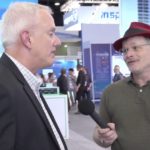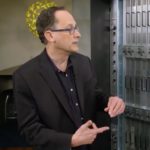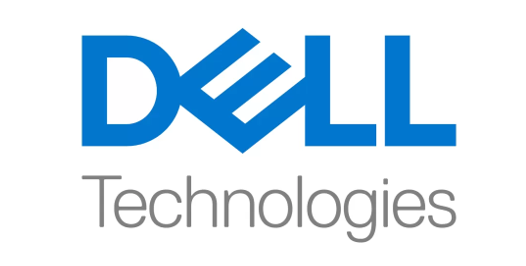In this podcast, HPE Distinguished Technologist Kim Keeton describes the concept of Memory-Driven Computing and how it relates to traditional high performance computing. In terms of application areas, Kim also explains her perspective on blockchain and self-driving cars. “Memory-Driven Computing sets itself apart by giving every processor in a system access to a giant shared pool of memory – a sharp departure from today’s systems where relatively small amounts of memory are tethered to each processor. The resulting inefficiencies limit performance.”
How HPE is Approaching Exascale with Memory-Driven Computing
In this video from ISC 2017, Mike Vildibill describes how Hewlett Packard Enterprise describes why we need Exascale and how the company is pushing forward with Memory-Driven Computing. “At the heart of HPE’s exascale reference design is Memory-Driven Computing, an architecture that puts memory, not processing, at the center of the computing platform to realize a new level of performance and efficiency gains. HPE’s Memory-Driven Computing architecture is a scalable portfolio of technologies that Hewlett Packard Labs developed via The Machine research project. On May 16, 2017, HPE unveiled the latest prototype from this project, the world’s largest single memory computer.”
Video: DoE Taps HPE Memory-Driven Computing for Exascale
Today Hewlett Packard Enterprise announced it has been awarded a research grant from the DoE to develop a reference design for an exascale supercomputer. “Our novel Memory-Driven Computing architecture combined with our deep expertise in HPC and robust partner ecosystem uniquely positions HPE to develop the first U.S. exascale supercomputer and deliver against the PathForward program’s goals.”
Kimberly Keeton from HPE Presents: Memory-Driven Computing
Kimberly Keeton from HPE gave this talk at the MSST Conference. “Data growth and data analytics requirements are outpacing the compute and storage technologies that have provided the foundation of processor-driven architectures for the last five decades. This divergence requires a deep rethinking of how we build systems, and points towards a memory-driven architecture, where memory is the key resource and everything else, including processing, revolves around it.
Memory Driven Computing in the Spotlight at MSST Conference Next Week
The MSST Mass Storage Conference in Silicon Valley is just a few days away, and the agenda is packed with High Performance Computing topics. In one of the invited talks, Kimberly Keeton from Hewlett Packard Enterprise speak on Memory Driven Computing. We caught up Kimberly to learn more.








